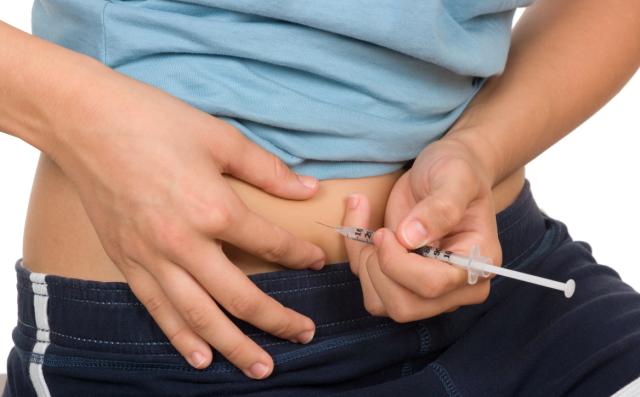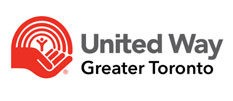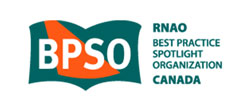The ABCs of Diabetes Management


If you or a loved one have diabetes, the risk for heart disease, stroke and other complications such as eye and kidney disease, nerve damage and foot problems increases. Keeping blood glucose, blood pressure and cholesterol in a healthy range can reduce the risk of these complications. Discuss the results of these tests with a doctor but refer to the values below for recommended targets:
Recommended Targets
A1C: 7.o or below*
Blood Pressure: Below 130/80 mm Hg
Cholesterol
LDL: 2.0 mmol/L or lower
Total cholesterol to HDL ratio: below 4
*For most patients with diabetes. A1C targets for pregnant women and children 12 years of age and under are different.
What is an A1C?
A1C is a blood test that indicates an average of overall blood glucose levels over the past three to four months. A1C levels are measured in different units and on a different scale than finger prick blood glucose testing. It is important to speak to a doctor about the A1C test.
Check blood glucose levels at least once a day, but testing more often can offer valuable information about how well you or your loved one are managing diabetes.
For example, we recommend that diabetics check their blood glucose:
- At least twice a day.
- Sometime before meals, or two hours after the start of a meal.
- Before and after being active.
- When sick.
- Any time a situation may be affecting blood glucose levels.
Keep detailed records of all blood glucose test results using the book or software that came with the meter and refer to these targets:
Target for most patients with diabetes
Fasting blood glucose: 4.0 to 7.0 mmol/L
Blood glucose two hours after the start of a meal: 5.0 to 10 mmol/L 5.0 to 8.0 mmol/L if A1C targets are not being met
Why should you check blood glucose levels?
- It is the only way to know if you’re in your target range.
- It helps you understand the effect of what you eat, your activities and your medications/insulin.
- It provides important information your health care team needs to adjust and build your treatment plan.
- You will know if you are having a blood glucose ‘high’ or ‘low’.
Blood Glucose Monitoring Checklist
To make sure you’re testing blood glucose levels properly, follow these points but discuss any concerns with a visiting nurse. Ensure that:
- The meter is calibrated.
- Test strips have not expired.
- You’re following the instructions that came with the meter.
- You have properly inserted the test strips into the meter.
- You have washed your hands with soap and water.
Then:
- ‘Milk’ the finger to get blood into the area.
- Prick the sides of the finger, not the finger pads.
- Wipe off the first drop of blood.
- Gently milk the finger again until you get enough blood, be patient.
- Place the drop of blood onto the test strip or allow the strip to absorb the blood
- Record the results.
High and Low Blood Glucose Levels
Signs and symptoms of low blood glucose levels include feeling:
- shaky, light-headed, nauseous
- nervous, irritable, anxious
- confused, unable to concentrate
- hungry
- your heart race
- sweaty, headachy
- weak, drowsy
- a numbness or tingling in your tongue or lips
If you or your loved one are experiencing these signs, check blood glucose levels right away. If you don’t have the meter with you, treat symptoms anyway. Eat or drink a fast-acting carbohydrate that includes:
- 15g of glucose in the form of glucose tablets
- 15 mL (3 teaspoons) or 3 packets of table sugar dissolved in water
- 175 mL (3/4 cup) of juice or regular (not diet) soft drink
- 6 Life Savers
- 15 mL of honey
Wait 10 to 15 minutes, and then check the blood glucose again. If it is still low:
- Treat again.
- If your next meal is more than one hour away, or you’re going to be active, eat a snack such as a half sandwich or cheese and crackers (something with 15 grams of carbohydrate and a protein source).
Signs and symptoms of high blood glucose levels:
- feeling thirsty
- urinating more often
- feeling tired
If you or your loved one are experiencing these symptoms, food, activity or medication amounts may be unbalanced. High blood glucose may also happen when a person is sick or under stress. Talk to your health care team about:
Adjusting medication and/or insulin, adjusting meal plans or increasing physical activity.



